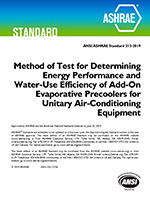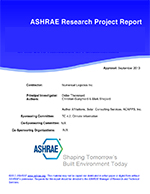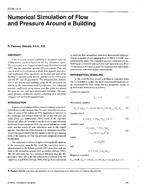Click here to purchase
Providing a suitable indoor thermal environment in office buildings is necessary for occupants’ health and productivity. To date, there is a very limited consensus on how to determine the effect of mixed-mode buildings on occupants’ thermal comfort. In this study three issues have been investigated: 1) the impact of the occupants’ thermal perceptions in the concurrent type of mixed-mode office buildings; 2) whether the adaptive model would be more accurate than Fanger’s PMV model in terms of evaluation thermal comfort in such buildings; 3) the accuracy and applicability of the existing adaptive thermal comfort models for the mixed-mode office buildings. A field study was conducted in an open-plan office in the UK with mixed-mode ventilation. Data were collected in two different periods (Sep. in 2017, Apr. & May in 2018). In this study, thermal perceptions of occupants in the office are evaluated using standard comfort survey, together with the measured environmental variables using a variety of sensors simultaneously. Occupants’ comfort temperature based on this field data is 25.4 oC. The adaptive comfort model is more applicable than PMV-PPD model for such concurrent type of mixed-mode office buildings. Meanwhile, a wider acceptable range is observed, and an adaptive comfort model is developed based on this field study in the concurrent type of mixed-mode buildings in the UK.
Citation: 2019 Winter Conference, Atlanta, GA, Conference Papers
Product Details
- Published:
- 2019
- Number of Pages:
- 9
- Units of Measure:
- Dual
- File Size:
- 1 file , 2.3 MB
- Product Code(s):
- D-AT-19-C019


